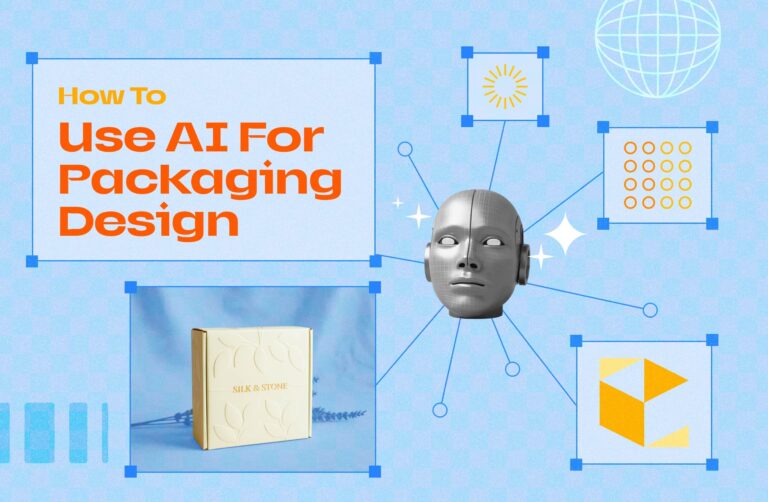Finding the right packaging materials has become a major priority as we work towards increased sustainability on all fronts.
Both brands and packaging experts are on the hunt for materials that keep products safe, sustainable and impactful.
Post-consumer resin (PCR) packaging has emerged as an eco-friendly packaging solution.
But, what is post-consumer resin (PCR), and should it be used for packaging?
An Overview of Post Consumer Resin (PCR)
First things first, let’s discuss what PCR plastic actually is.
Post-consumer resin is made from using existing PET bottles and other plastics.
So plastic bottles and other products are recycled and used to create PCR plastic solutions.

But there’s a bit more to the process.
The recycled plastic needs some additional materials to strengthen the raw materials in order to turn into a durable material.
That’s why manufacturers add materials like recycled PET and HDPE plastics as part of PCR, rather than using fresh virgin materials.
PCR vs. Other Eco-Friendly Plastics
PCR is just one option when it comes to eco-friendly plastics, and there are several other options available.
For example, post-industrial resin (PIR) is made from crates, pallets, and processed waste in factories.
There is also bioplastic, and within that, biopolymer is made from renewable sources such as plants.
Other plastics are emerging that are biodegradable and compostable, but there is little understanding of whether these options are genuinely sustainable.
While there are definitely many options in development, PCR packaging has remained one of the more popular options across many different industries.
The Benefits of PCR Plastic Packaging
The main benefit of PCR packaging is that it’s environmentally beneficial.
Rather than using virgin materials, you’re using reprocessed plastic, which will always be more sustainable for the environment.
As PCR becomes more widespread, the future of packaging is becoming more eco-friendly – and drives up demand for even more eco-friendly materials.
Adding PCR to your packaging is one of the best decisions you can make if you’re looking for ways to become more sustainable.
As consumers become more discerning about what goes into packaging and how brands handle that responsibility, post-consumer recycled plastic is a great way to demonstrate your commitment to sustainability.
It’s also affordable!
While many newer recycling options are expensive and difficult for businesses to adopt, PCR doesn’t have that obstacle.
It’s an affordable option for brands that have a big impact on consumers as well as decreasing carbon footprints.
The Drawbacks and Hurdles of PCR Plastic
PCR packaging does have its limitations.
For example, it can’t be used in pharmaceutical or medical product packaging due to the risk of contamination and inconsistency across the recycling process.
It can also be difficult to mold and shape, making it a challenging option for certain types of products.
However, some brands have found ways to work around these issues by using packaging that is a mixture of both PCR and other materials, which helps avoid the use of virgin plastics.

Many major brands have started incorporating PCR into their packaging, including Campbells, Target, Coca-Cola, Keurig, and Procter & Gamble.
These brands are paving the way for PCR packaging materials to become more popular and, therefore, more affordable.
That helps lower the barrier to entry for many small and medium brands.
PakFactory has a range of sustainable and eco-friendly plastic packaging options available for your products.
Get in contact with us today and start paving a greener future for your brand!



